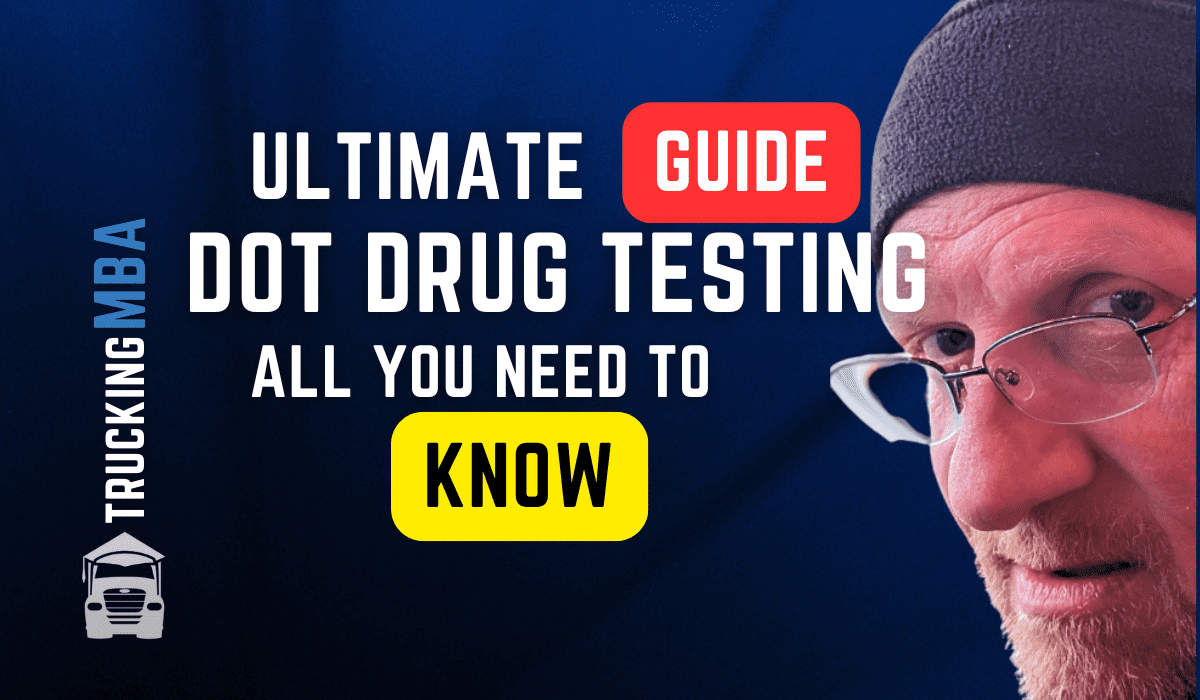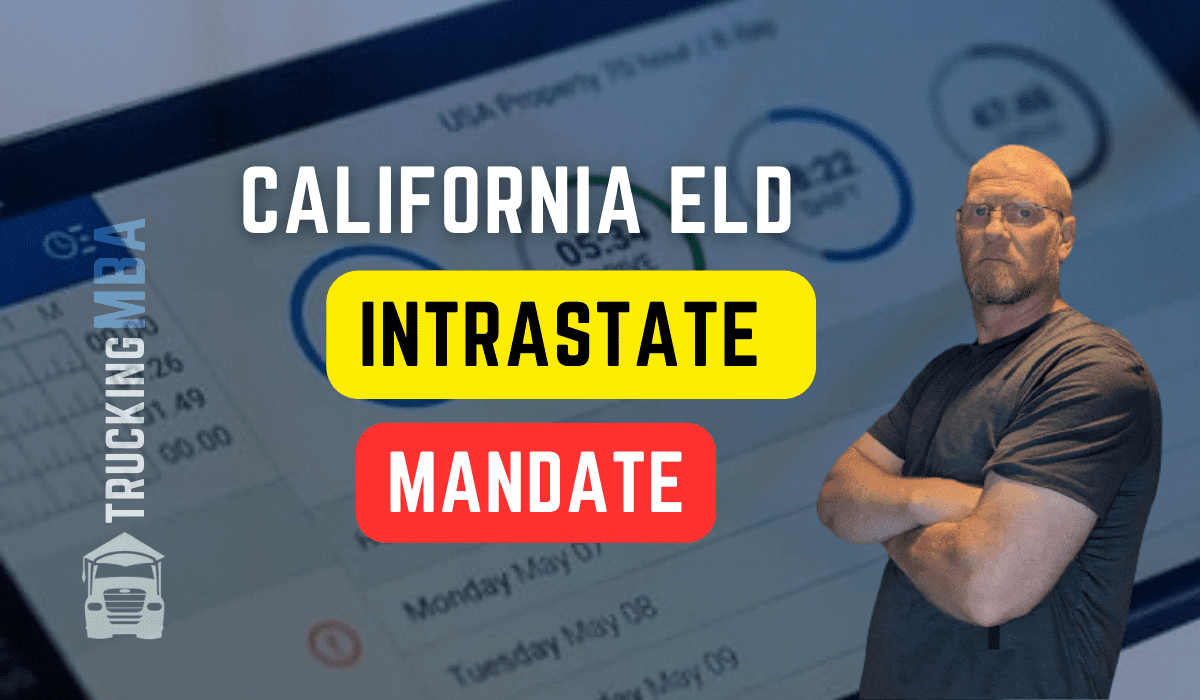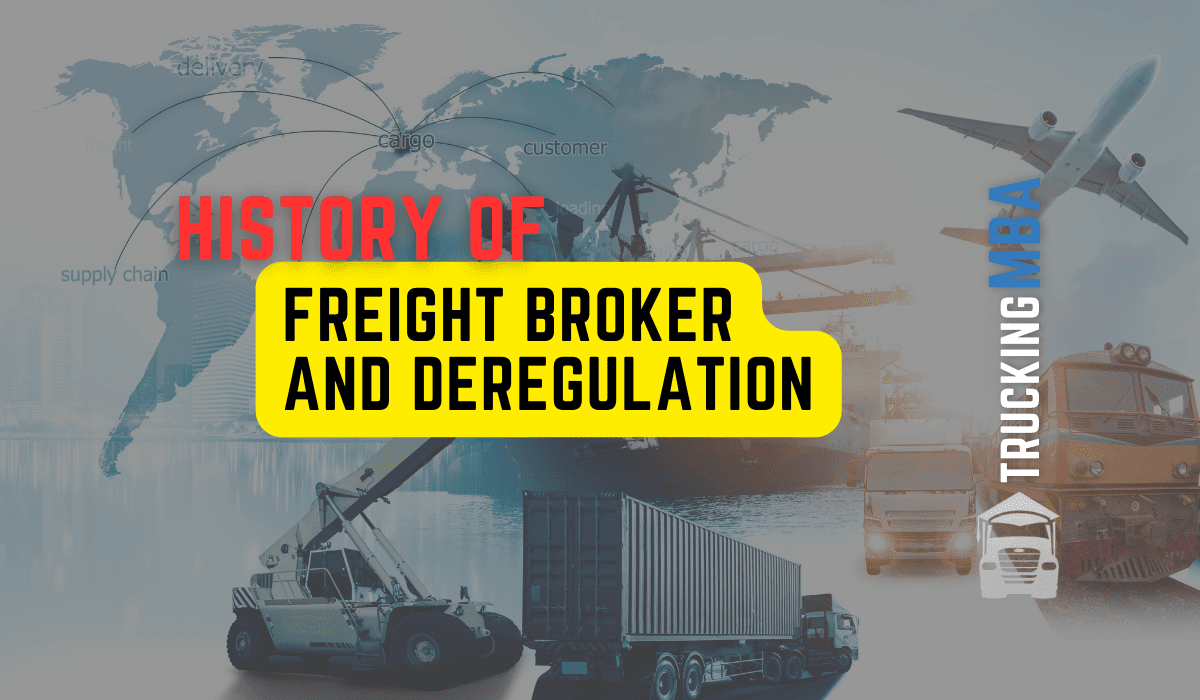Navigating the landscape of the transportation industry might be daunting for many carriers with little knowledge or understanding of DOT or FMCSA compliance. Regulation compliance is crucial to ensuring smooth operations, and an essential facet of this is the Federal Motor Carrier Safety Administration’s (FMCSA) Commercial Driver’s License (CDL) Drug and Alcohol Clearinghouse. With the array of regulations, what exactly is this Clearinghouse, and why is it crucial for your company?
Let’s break it down.
Understanding FMCSA's Drug & Alcohol Clearinghouse
The FMCSA instituted the Drug and Alcohol Clearinghouse (Clearinghouse) as a comprehensive database. It comprises information on violations of drug and alcohol regulations by CDL holders as contained in 49 Code of Federal Regulations, Parts 40 and 382.
Reasoning Behind Its Creation
The essence of the FMCSA’s Drug & Alcohol Clearinghouse is to improve road safety and prevent drug and alcohol-impaired drivers from operating commercial vehicles. Previously, employers could only access limited information. This created difficulties in verifying drivers’ drug and alcohol violation histories. With the establishment of the Clearinghouse, past violations are readily accessible, making the hiring process more transparent and safer.
Understanding Compliance
Being compliant with the Clearinghouse requirements amounts to appropriately meeting stipulated regulations. Primarily, this involves two aspects:
- Reporting any known drug and alcohol violations.
- Querying the Clearinghouse for verified violations by current or prospective employees as part of the hiring process.
Reporting Violations
As a regulated employer, it’s your responsibility to report any known violations of drug and alcohol regulations. This could be information provided by an MRO concerning a failed drug or alcohol test, refusal to comply with testing, or other reportable instances.
Querying the Clearinghouse
Employers also must query the Clearinghouse database before hiring a new CDL holder. This process aids in determining if a potential employee has unresolved violations. The employer also must make an annual query for each driver they employ.
Registering and Setting Up FMCSA's Drug & Alcohol Clearinghouse
As an employer, to utilize the Clearinghouse fully, you must register and set up an account. The process involves:
- Setting Up an FMCSA Portal Account: This is a secure sign-in system established by FMCSA. You can register by visiting their official website. If you already have an account, ensure it is up-to-date.
- Registering for the Clearinghouse: Visit the FMCSA Clearinghouse website, and follow the prompts to register.
- Purchasing a Query Plan: This plan enables you to conduct the required annual queries for each employed driver.
- Conducting Pre-Employment Queries: Before hiring a new CDL holder, make sure to query the Clearinghouse for any violations they may have on record.
- Carrying out Annual Queries: After employing CDL holder(s), you are required to conduct annual queries to ensure ongoing compliance with FMCSA’s regulations.
In summary, the FMCSA Drug and Alcohol Clearinghouse is an invaluable resource in the transportation industry designed to improve road safety by identifying CDL holders with drug or alcohol violations. Navigating these regulations may seem overwhelming, but understanding the Clearinghouse and its processes makes compliance easier, thereby streamlining your business and securing it against unnecessary violation penalties.
The Clearinghouse final rule requires the following:
- Employers must query the Clearinghouse for current and prospective employees’ drug and alcohol violations before permitting those employees to operate a commercial motor vehicle (CMV) on public roads.
- Employers must annually query the Clearinghouse for each driver they currently employ.
Final Thought on FMCSA Clearinghouse & Compliance
The Clearinghouse provides FMCSA and employers the tools to identify drivers who are prohibited from operating a CMV. The Clearinghouse also ensures that drivers receive the evaluation and treatment before operating a CMV. Specifically, information maintained in the Clearinghouse enables employers to identify drivers who commit a drug or alcohol violation, but who fail to subsequently inform another employer. Records of drug and alcohol program violations will remain in the Clearinghouse for five years, or until the driver has completed the return-to-duty process, whichever is later.



Responses
I have been pounding my head against the wall trying to figure this out. Who do I call to get me some help with this?
You can call our office and we can help you with this. 423-641-0833
If you do not have drug consortium yet we can help you with that as well.
Comments are closed.